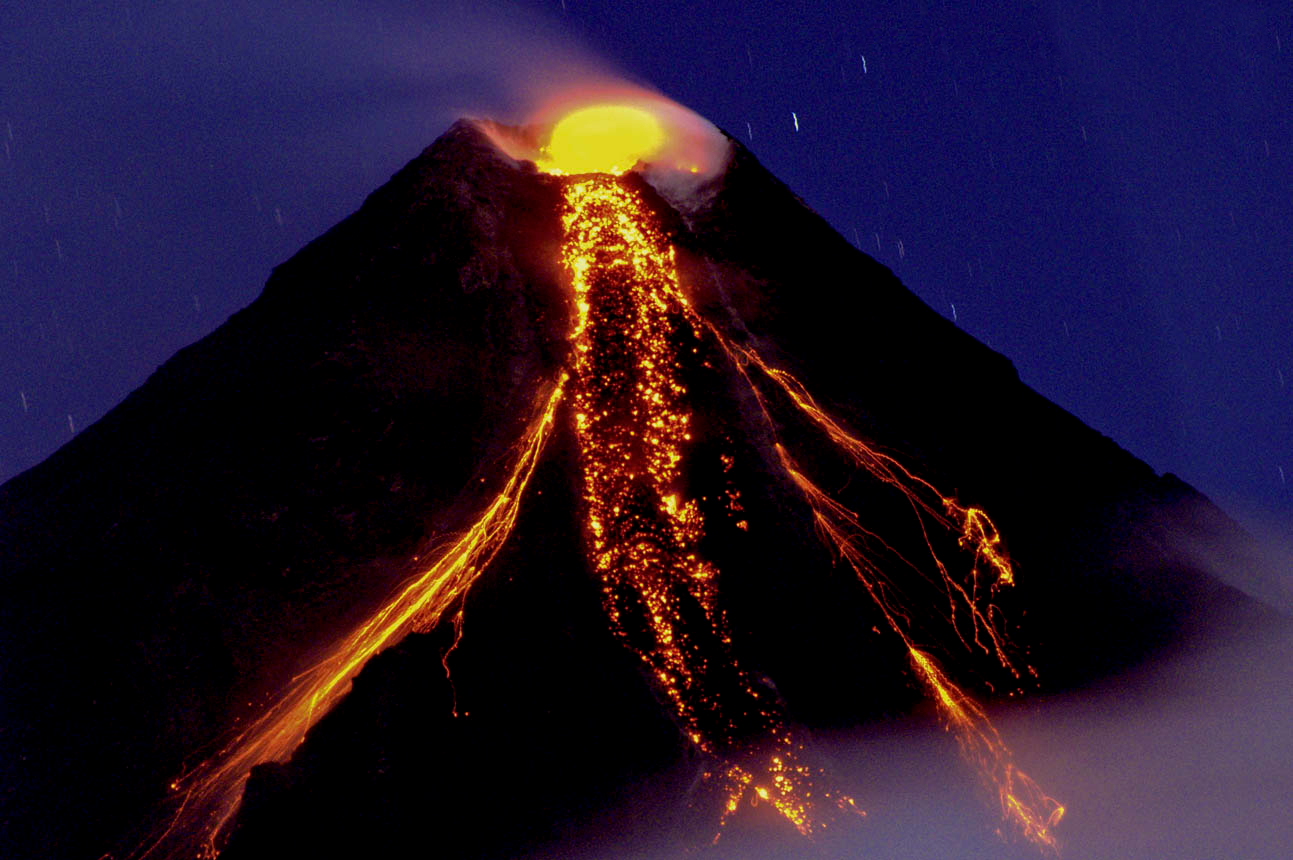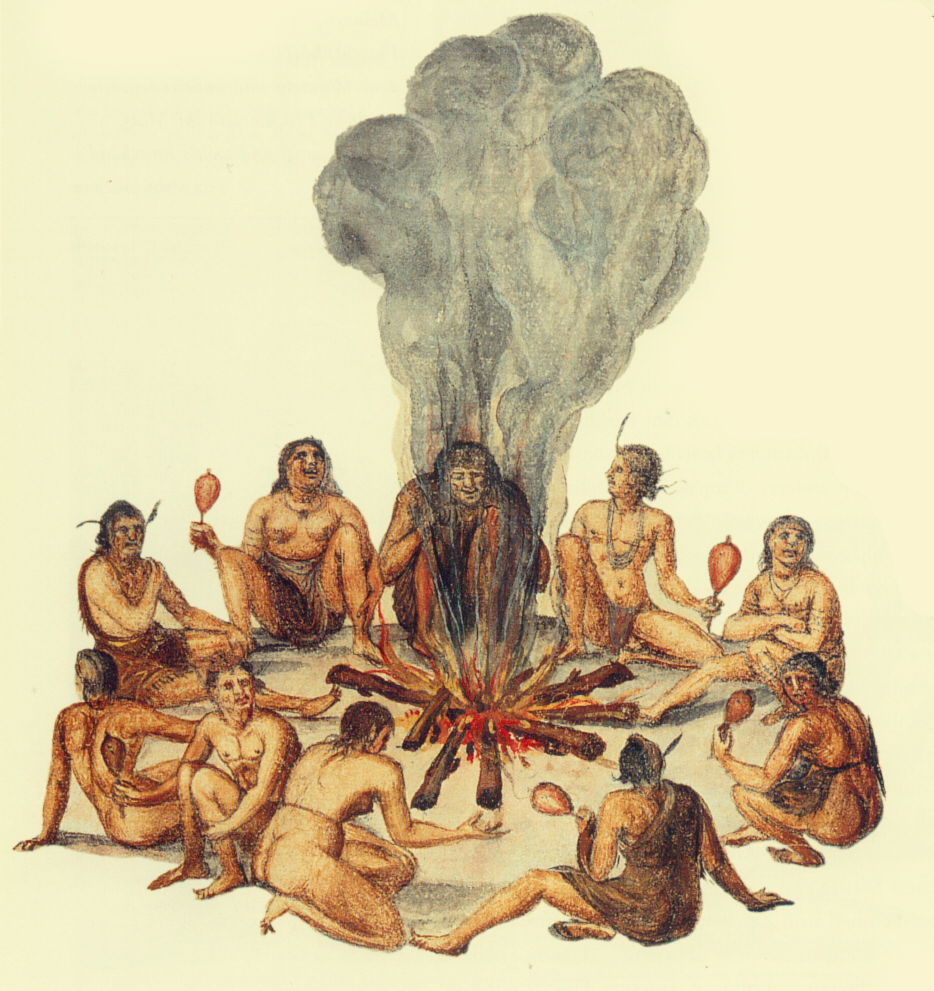|
Websterite
Websterite is ultramafic igneous rock that consists of roughly equal proportions of orthopyroxene and clinopyroxene. It is a type of pyroxenite. Websterite is named after the town Webster in North Carolina North Carolina () is a state in the Southeastern region of the United States. The state is the 28th largest and 9th-most populous of the United States. It is bordered by Virginia to the north, the Atlantic Ocean to the east, Georgia a .... References Plutonic rocks Ultramafic rocks {{petrology-stub ... [...More Info...] [...Related Items...] OR: [Wikipedia] [Google] [Baidu] |
Mineral
In geology and mineralogy, a mineral or mineral species is, broadly speaking, a solid chemical compound with a fairly well-defined chemical composition and a specific crystal structure that occurs naturally in pure form.John P. Rafferty, ed. (2011): Minerals'; p. 1. In the series ''Geology: Landforms, Minerals, and Rocks''. Rosen Publishing Group. The geological definition of mineral normally excludes compounds that occur only in living organisms. However, some minerals are often biogenic (such as calcite) or are organic compounds in the sense of chemistry (such as mellite). Moreover, living organisms often synthesize inorganic minerals (such as hydroxylapatite) that also occur in rocks. The concept of mineral is distinct from rock, which is any bulk solid geologic material that is relatively homogeneous at a large enough scale. A rock may consist of one type of mineral, or may be an aggregate of two or more different types of minerals, spacially segregated into disti ... [...More Info...] [...Related Items...] OR: [Wikipedia] [Google] [Baidu] |
Peridotite Olivine-Orthopyroxene-Clinopyroxene Websterite Highlighted
Peridotite ( ) is a dense, coarse-grained igneous rock consisting mostly of the silicate minerals olivine and pyroxene. Peridotite is ultramafic, as the rock contains less than 45% silica. It is high in magnesium (Mg2+), reflecting the high proportions of magnesium-rich olivine, with appreciable iron. Peridotite is derived from Earth's mantle, either as solid blocks and fragments, or as crystals accumulated from magmas that formed in the mantle. The compositions of peridotites from these layered igneous complexes vary widely, reflecting the relative proportions of pyroxenes, chromite, plagioclase, and amphibole. Peridotite is the dominant rock of the upper part of Earth's mantle. The compositions of peridotite nodules found in certain basalts are of special interest along with diamond pipes (kimberlite), because they provide samples of Earth's mantle brought up from depths ranging from about 30 km to 200 km or more. Some of the nodules preserve isotope ratios of osmi ... [...More Info...] [...Related Items...] OR: [Wikipedia] [Google] [Baidu] |
Layered Websterite In Basement Sill In McMurdo Dry Valleys In Antarctica
Layer or layered may refer to: Arts, entertainment, and media * ''Layers'' (Kungs album) * ''Layers'' (Les McCann album) * ''Layers'' (Royce da 5'9" album) *"Layers", the title track of Royce da 5'9"'s sixth studio album *Layer, a female Maverick Hunter in the ''Mega Man X'' series *Layer, an element in a digital painting * ''Layer'' (film), a 2022 Russian film Science * Stratum, a layer of rock or soil with internally consistent characteristics * Thermocline, a layer within a body of water where the temperature changes rapidly with depth *Layer, an area in the neocortex with specific structure and connection pattern among neurons Technology Computing * Layer (object-oriented design), a group of classes that have the same set of link-time module dependencies to other modules * Layers (digital image editing), used in digital image editing to separate different elements of an image * Layers, in 2D computer graphics * Abstraction layer, a way of hiding the implementation details o ... [...More Info...] [...Related Items...] OR: [Wikipedia] [Google] [Baidu] |
Ultramafic
Ultramafic rocks (also referred to as ultrabasic rocks, although the terms are not wholly equivalent) are igneous and meta-igneous rocks with a very low silica content (less than 45%), generally >18% MgO, high FeO, low potassium, and are composed of usually greater than 90% mafic minerals (dark colored, high magnesium and iron content). The Earth's mantle is composed of ultramafic rocks. Ultrabasic is a more inclusive term that includes igneous rocks with low silica content that may not be extremely enriched in Fe and Mg, such as carbonatites and ultrapotassic igneous rocks. Intrusive ultramafic rocks Intrusive ultramafic rocks are often found in large, layered ultramafic intrusions where differentiated rock types often occur in layers. Such cumulate rock types do not represent the chemistry of the magma from which they crystallized. The ultramafic intrusives include the dunites, peridotites and pyroxenites. Other rare varieties include troctolite which has a great ... [...More Info...] [...Related Items...] OR: [Wikipedia] [Google] [Baidu] |
Igneous Rock
Igneous rock (derived from the Latin word ''ignis'' meaning fire), or magmatic rock, is one of the three main rock types, the others being sedimentary and metamorphic. Igneous rock is formed through the cooling and solidification of magma or lava. The magma can be derived from partial melts of existing rocks in either a planet's mantle or crust. Typically, the melting is caused by one or more of three processes: an increase in temperature, a decrease in pressure, or a change in composition. Solidification into rock occurs either below the surface as intrusive rocks or on the surface as extrusive rocks. Igneous rock may form with crystallization to form granular, crystalline rocks, or without crystallization to form natural glasses. Igneous rocks occur in a wide range of geological settings: shields, platforms, orogens, basins, large igneous provinces, extended crust and oceanic crust. Geological significance Igneous and metamorphic rocks make up 90–95% of the top ... [...More Info...] [...Related Items...] OR: [Wikipedia] [Google] [Baidu] |
Orthopyroxene
The pyroxenes (commonly abbreviated to ''Px'') are a group of important rock-forming inosilicate minerals found in many igneous and metamorphic rocks. Pyroxenes have the general formula , where X represents calcium (Ca), sodium (Na), iron (Fe II) or magnesium (Mg) and more rarely zinc, manganese or lithium, and Y represents ions of smaller size, such as chromium (Cr), aluminium (Al), magnesium (Mg), cobalt (Co), manganese (Mn), scandium (Sc), titanium (Ti), vanadium (V) or even iron (Fe II) or (Fe III). Although aluminium substitutes extensively for silicon in silicates such as feldspars and amphiboles, the substitution occurs only to a limited extent in most pyroxenes. They share a common structure consisting of single chains of silica tetrahedra. Pyroxenes that crystallize in the monoclinic system are known as clinopyroxenes and those that crystallize in the orthorhombic system are known as orthopyroxenes. The name ''pyroxene'' is derived from the Ancient Greek words for 'fire' ( ... [...More Info...] [...Related Items...] OR: [Wikipedia] [Google] [Baidu] |
Pyroxenite
Pyroxenite is an ultramafic igneous rock consisting essentially of minerals of the pyroxene group, such as augite, diopside, hypersthene, bronzite or enstatite. Pyroxenites are classified into clinopyroxenites, orthopyroxenites, and the websterites which contain both types of pyroxenes (see diagram below). Closely allied to this group are the hornblendites, consisting essentially of hornblende and other amphiboles. They are essentially of igneous origin, though some pyroxenites are included in the metamorphic Lewisian complex of Scotland. The pyroxene-rich rocks, which result from the type of contact metamorphism known as pyroxene-hornfels facies, have siliceous sediment or basaltic protoliths, and are respectively metapelites and metabasites. Intrusive and mantle pyroxenites Igneous pyroxenites are closely allied to gabbros and norites, from which they differ by the absence of feldspar, and to peridotites, which are distinguished from them by containing more than 40% olivine ... [...More Info...] [...Related Items...] OR: [Wikipedia] [Google] [Baidu] |
Webster, North Carolina
Webster is a town in Jackson County, North Carolina, United States. As of the 2010 census, the population was 363, down from 486 in 2000. Webster was the first county seat of Jackson County, until Sylva assumed the role in 1913. Geography Webster is located in north-central Jackson County at (35.345264, -83.213460), north of the Tuckasegee River. North Carolina Highway 116 runs through the town, leading east to North Carolina Highway 107 and west across the Tuckasegee to U.S. Route 23. NC 107 runs along the eastern edge of Webster, leading north to Sylva and south to Cullowhee. According to the United States Census Bureau, Webster has a total area of , all land. Demographics As of the census of 2000, there were 486 people, 200 households, and 141 families residing in the town. The population density was 303.3 people per square mile (117.3/km). There were 227 housing units at an average density of 141.7/sq mi (54.8/km). The racial makeup of the town was 94.03% Wh ... [...More Info...] [...Related Items...] OR: [Wikipedia] [Google] [Baidu] |
North Carolina
North Carolina () is a state in the Southeastern region of the United States. The state is the 28th largest and 9th-most populous of the United States. It is bordered by Virginia to the north, the Atlantic Ocean to the east, Georgia and South Carolina to the south, and Tennessee to the west. In the 2020 census, the state had a population of 10,439,388. Raleigh is the state's capital and Charlotte is its largest city. The Charlotte metropolitan area, with a population of 2,595,027 in 2020, is the most-populous metropolitan area in North Carolina, the 21st-most populous in the United States, and the largest banking center in the nation after New York City. The Raleigh-Durham-Cary combined statistical area is the second-largest metropolitan area in the state and 32nd-most populous in the United States, with a population of 2,043,867 in 2020, and is home to the largest research park in the United States, Research Triangle Park. The earliest evidence of human occu ... [...More Info...] [...Related Items...] OR: [Wikipedia] [Google] [Baidu] |
Plutonic Rocks
Intrusive rock is formed when magma penetrates existing rock, crystallizes, and solidifies underground to form '' intrusions'', such as batholiths, dikes, sills, laccoliths, and volcanic necks.Intrusive RocksIntrusive rocks accessdate: March 27, 2017.Igneous intrusive rocks, accessdate: March 27, 2017.Britannica.comintrusive rock , geology , Britannica.com accessdate: March 27, 2017. Intrusion is one of the two ways igneous rock can form. The other is extrusion, such as a volcanic eruption or similar event. An intrusion is any body of intrusive igneous rock, formed from magma that cools and solidifies within the crust of the planet. In contrast, an ''extrusion'' consists of extrusive rock, formed above the surface of the crust. Some geologists use the term plutonic rock synonymously with intrusive rock, but other geologists subdivide intrusive rock, by crystal size, into coarse-grained plutonic rock (typically formed deeper in the Earth's crust in batholiths or stocks) an ... [...More Info...] [...Related Items...] OR: [Wikipedia] [Google] [Baidu] |







